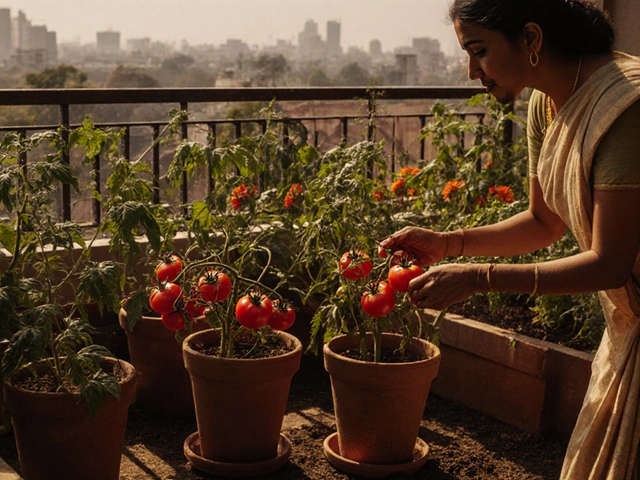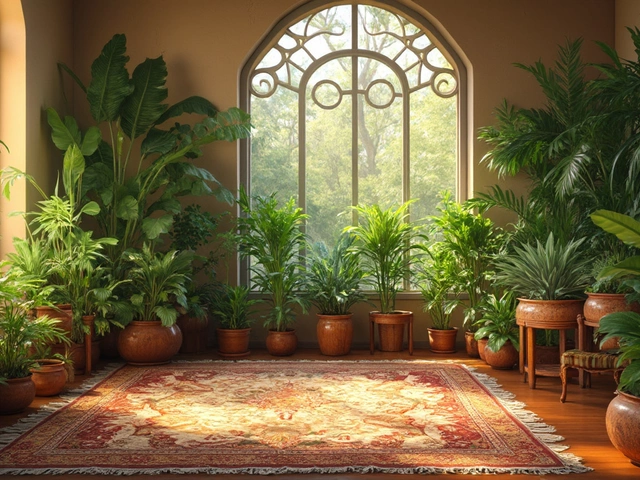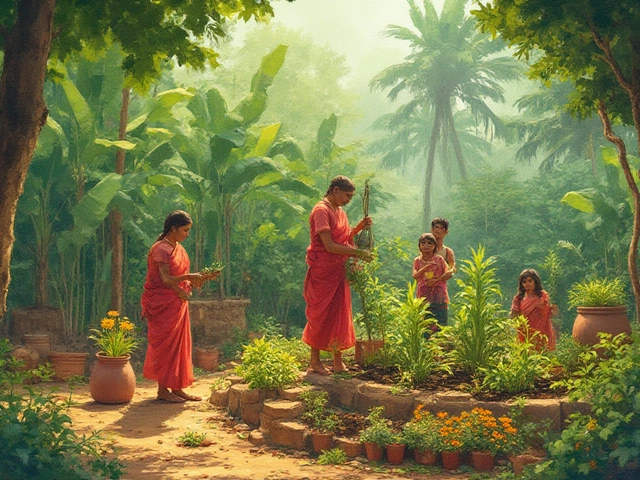Optimal Drip Line Depth: The Simple Guide Every Gardener Needs
Got a drip system and wonder how deep the line should sit? Too shallow and roots miss the water, too deep and you waste extra effort. The sweet spot depends on soil, crop, and climate, but the basic rules stay the same. Let’s break it down so you can water smarter, not harder.
Why Depth Matters
Plants pull water from the zone where most roots grow. In loamy soil, that zone is usually 6‑12 cm below the surface. If the drip line sits above this zone, water evaporates before roots can use it. If it’s buried deeper than 20 cm, you risk hitting hardpan or dry zones, and you’ll spend extra time digging.
Indian gardens often face seasonal rains and high temperatures. Placing the line at the right depth helps retain moisture, reduces weed growth, and cuts water loss. It also protects the tubing from sunlight and accidental damage.
How to Set the Right Depth
1. Check your soil type. Sandy soils drain fast, so a slightly deeper placement (around 10‑12 cm) lets water soak before it disappears. Clay soils hold water longer; a shallower depth (6‑8 cm) works fine.
2. Consider the crop. Shallow‑rooted veggies like lettuce or herbs need water close to the surface, so aim for 5‑7 cm. Deeper‑rooted plants such as tomatoes, brinjals, or mango saplings do better with 10‑15 cm.
3. Use a simple tool. A garden trowel or a small shovel lets you dig a narrow trench. Measure the depth with a ruler – no need for fancy equipment.
4. Lay the line and cover it. Place the drip tubing gently in the trench, avoiding kinks. Backfill with soil, then add a thin layer of mulch. Mulch keeps the soil cool, reduces evaporation, and hides the line.
5. Test before you finish. Turn the system on for a few minutes. If you see water pooling on the surface, the line is too shallow. If the soil stays dry for a while, you might be too deep. Adjust by adding or removing a little soil.
Remember to space emitters according to plant spacing – usually 30‑45 cm for row crops and 15‑30 cm for close‑spaced herbs. Consistent spacing plus the right depth means each plant gets the water it needs without waste.
One quick tip for Indian gardeners: during monsoon months, raise the line a couple of centimeters to avoid waterlogging. When the dry season returns, lower it back to the standard depth.
Now you’re ready to install or tweak your drip line with confidence. Proper depth saves water, boosts yields, and keeps your garden looking green all year round. Happy watering!
How Deep Should Drip Irrigation Lines Be Buried? Guide for Optimal Water Delivery
Learn the right burial depth for drip irrigation lines, factors that affect it, and step‑by‑step installation tips for healthy gardens.
About
Drip Irrigation
Latest Posts


Which Vegetable Is the King of Vegetables in India? The Real Answer for Gardeners
By Alden Thorne Nov 15, 2025

Should I Mist My Happy Plant? Unpacking the Benefits and Myths
By Alden Thorne Apr 4, 2025

Sustainable Gardening: Tips to Make Your Garden Eco-Friendly and Self-Sufficient
By Alden Thorne Aug 1, 2025

